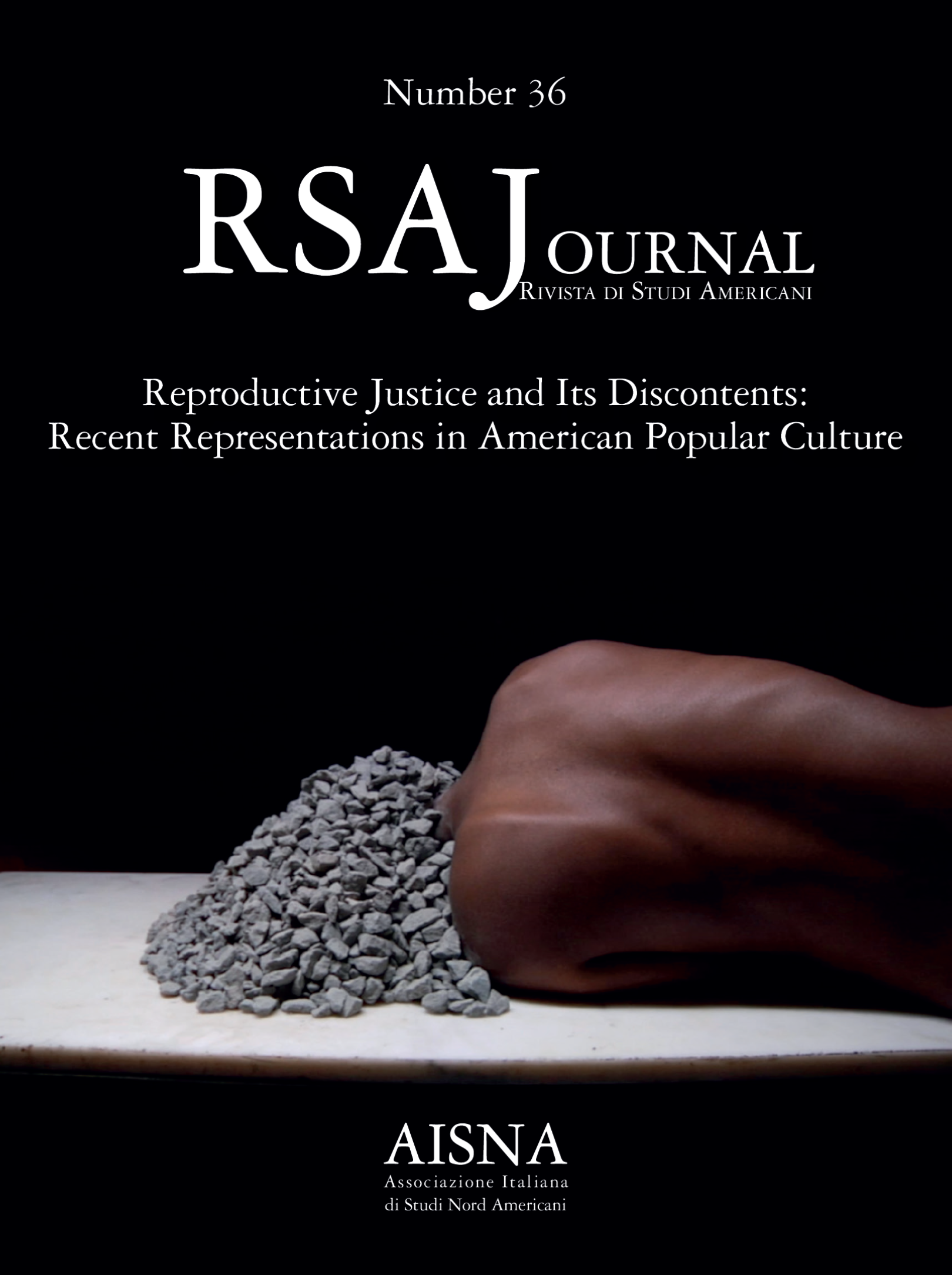The Thirteenth Amendment and Pan-American Emancipation
DOI:
https://doi.org/10.13135/1592-4467/11734Parole chiave:
Emancipation, Thirteenth Amendment, Lyons-Seward Treaty, Spanish Abolition, Latin American AbolitionAbstract
The year 2025 marks the 160th anniversary of the ratification of the Thirteenth Amendment to the US Constitution, which finalized the total and immediate emancipation of the entire enslaved population of the newly reunited nation. The motivation behind the Lincoln administration’s emancipation policy was a combination of practical advantages and humanitarian idealism. The Emancipation Proclamation, issued in September 1862 and enacted in January 1863, played a crucial role in the Union’s effort to thwart European intervention on behalf of the Confederacy. The response of European liberals, notably Giuseppe Garibaldi, signaled a shift of popular sympathy abroad for the Union cause. Emancipation also entailed provisions for enlisting free and enslaved African Americans in the Union armed forces. They contributed about ten percent of the army, a vital addition that came at a crucial time in the war. Their service also helped lay the groundwork for claims to full citizenship after the war. The idea of a Constitutional amendment to definitively end slavery in the nation emerged after Lincoln’s landslide reelection in 1864, which Republicans viewed as a popular mandate for emancipation. The Thirteenth Amendment was the first of three Reconstruction-era amendments designed to enfranchise formerly enslaved people as full and equal citizens of the nation. Its rapid passage through Congress in January 1865 and its ratification by the states in December of that year were energized by a new commitment to the radical reconstruction of the South. By this act, four million humans were set free, the largest emancipation of its kind in history. It also signaled the end of slavery in its remaining bastions, the Spanish Caribbean and Brazil in particular, which held close to two million workers in slavery. The Union victory, Abraham Lincoln’s martyrdom, and the example set by US emancipation energized abolitionists in Spanish America, Brazil, Spain, and Europe to bring slavery to an end. Furthermore, US foreign policy under William Seward became deliberately antislavery during the Civil War. His successor, Hamilton Fish, exerted pressure on Spain to put slavery on the road to extinction. The impact of events, people, and ideas coming out of the American Civil War had immense and lasting influence on the world, not least in bringing slavery to an end.
##submission.downloads##
Pubblicato
Fascicolo
Sezione
Licenza
Copyright (c) 2025 Don H. Doyle

Questo lavoro è fornito con la licenza Creative Commons Attribuzione - Non commerciale - Non opere derivate 4.0 Internazionale.
Avviso sul Copyright
RSAJournal applica una licenza CC BY-NC-ND a tutti i suoi contributi. Questa licenza consente agli utenti di copiare e distribuire il materiale in qualsiasi supporto o formato solo in forma non adattata, per scopi non commerciali e a condizione che venga esplicitato/a l'autore/autrice dell'opera. CC BY-NC-ND include i seguenti elementi:
- BY: L'autore deve essere riconosciuto come tale.
- NC: Sono consentiti solo utilizzi non commerciali dell'opera.
- ND: Non sono consentite opere derivate o adattamenti dell'opera.
Gli autori che pubblicano con questa rivista accettano i seguenti termini:
- Gli autori conservano il copyright e tutti i diritti di pubblicazione per i loro contributi alla rivista.
- Gli autori concedono alla rivista il diritto di prima pubblicazione in base alla licenza internazionale Creative Commons Attribution-NonCommercial-NoDerivatives 4.0, che consente ad altri di condividere l'opera non modificata per scopi non commerciali a condizione che venga esplicitato/a l'autore/autrice dell'opera e la sede di pubblicazione iniziale (questa rivista).
- Gli autori sono in grado di stipulare accordi contrattuali separati e aggiuntivi per la distribuzione non esclusiva della versione pubblicata dalla rivista (ad esempio, per inserirla in una repository istituzionale o pubblicarla in un libro), con l'indicazione che il contributo è stato precedentemente pubblicato in RSAJournal.




